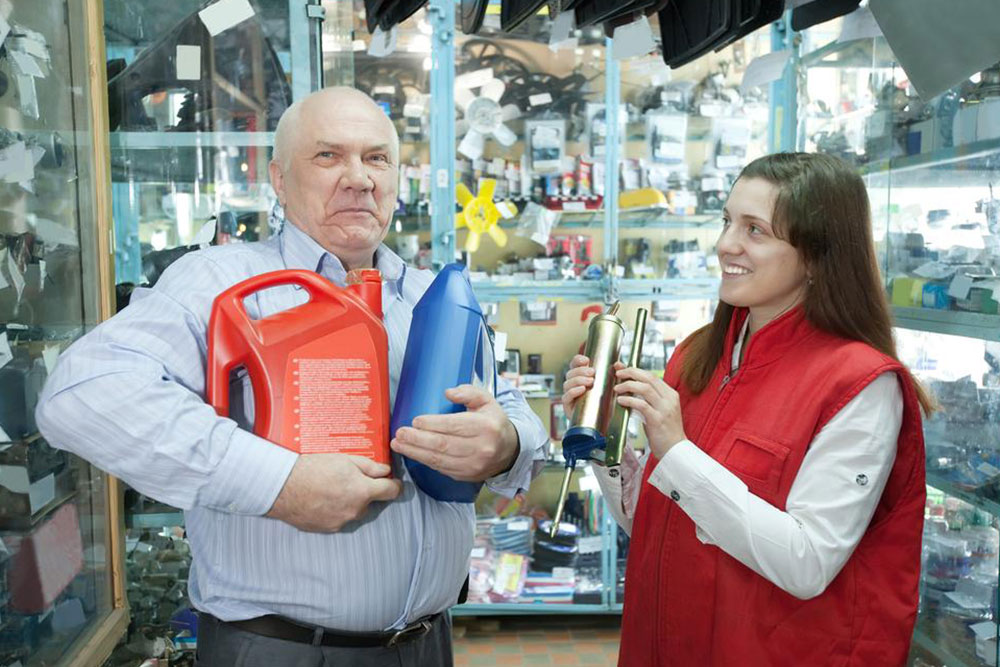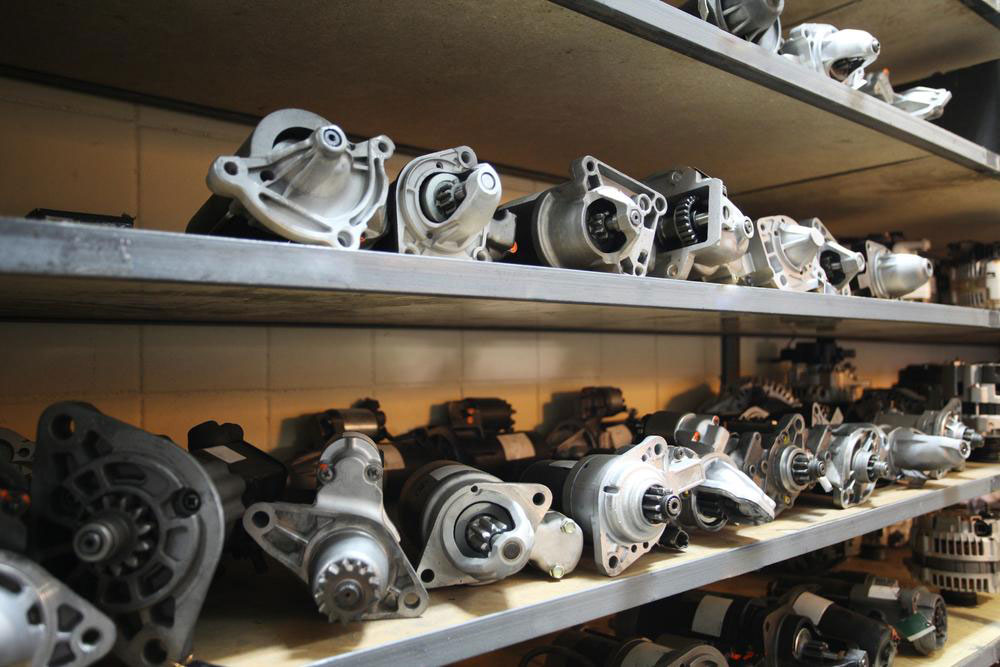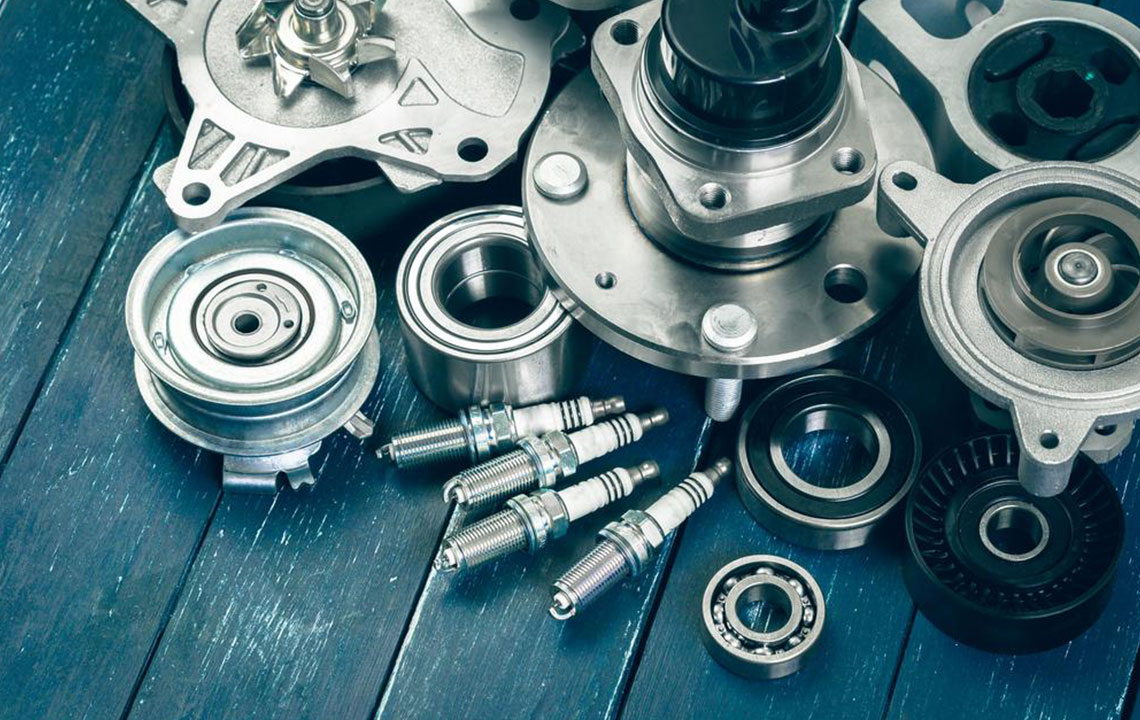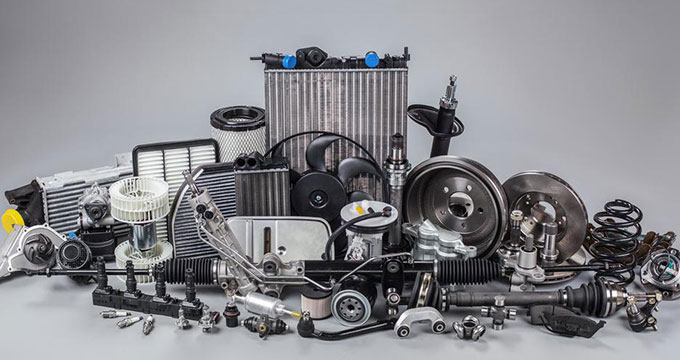In-Depth Analysis of the Automotive Spare Parts Industry: Trends, Opportunities, and Future Outlook
This comprehensive article explores the automotive spare parts industry, covering manufacturing, aftermarket services, major suppliers, online retail growth, and future trends. Learn how this vital sector contributes to vehicle safety, customization, and economic growth through innovative products and expanding online channels.
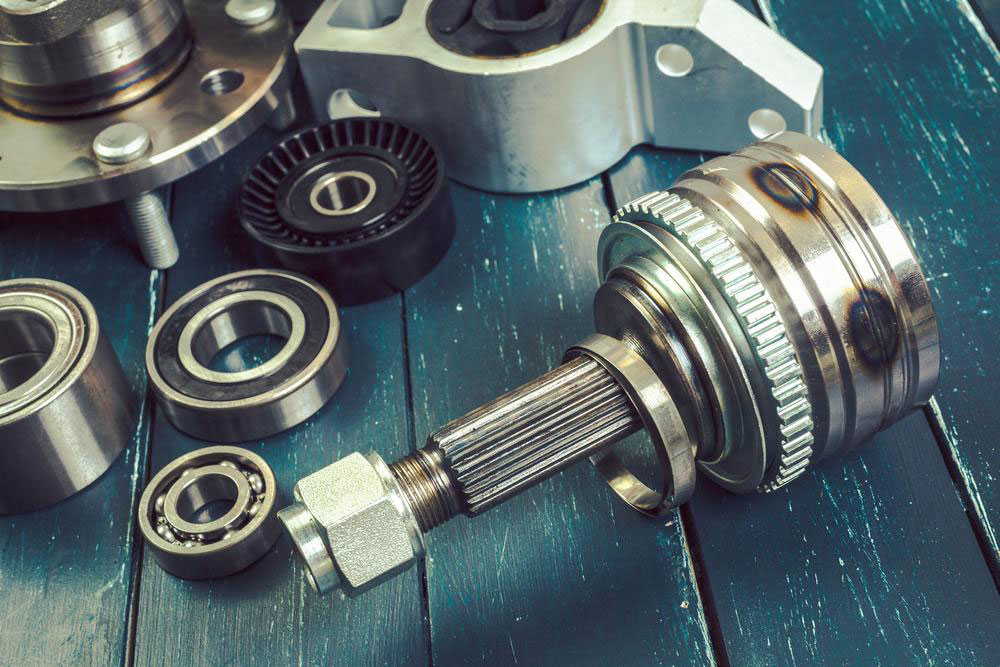
An Extensive Exploration of the National Auto Parts Industry Landscape
The automotive spare parts industry is a cornerstone of the global automotive market, ranking as one of the highest-revenue-generating sectors worldwide. Within our country, this industry plays an essential role, covering a wide array of activities including manufacturing automotive components, distribution networks, remanufacturing processes, retail sales, and specialized aftermarket services. These activities cater to a vast array of vehicle parts—ranging from critical engine components and transmission parts to accessories and chemicals used in vehicle maintenance. The foundational producers in this market are the Original Equipment Manufacturers (OEMs), who design and produce high-quality parts adhering to strict industry standards, ensuring vehicles operate safely and efficiently.
The aftermarket auto parts sector further divides into two primary segments: vehicle accessories and replacement parts. Replacement parts are typically remanufactured or refurbished components used to repair or upgrade vehicles, ensuring continued safety, functionality, and optimal performance. These parts are essential for maintaining vehicle longevity and offer consumers cost-effective alternatives to OEM components. Besides OEM parts, independent manufacturers and suppliers also offer a variety of aftermarket options that meet or even exceed original specifications.
Replacement vehicle parts fulfill diverse functions, including improving vehicle safety, enhancing driving comfort, modifying vehicle aesthetics, and enabling customization according to individual preferences. Major suppliers operating within this industry include American Auto and Truck Salvage, Deercreek Auto and Truck Parts, US Truck and Car Parts Inc., SAP USA Auto Parts, and Collins Car and Truck Auto Parts. These companies serve both professional repair shops and individual car owners, offering a broad spectrum of automotive components. Additionally, many consumers are now empowered to undertake DIY repairs, aided by professional technician support, which reduces service costs and promotes independence in vehicle maintenance routines.
Market forecasts indicated that by 2020, the auto parts industry was expected to generate revenue surpassing $700 billion globally, highlighting its significant economic footprint. Since 2015, sales in auto parts and accessories have displayed a consistent upward trend, driven by increasing consumer demand for both standard replacement parts and customized, high-performance components. The industry also benefits from robust international procurement channels, where middlemen facilitate negotiations, streamline supply chains, and stimulate sales growth. As global markets become increasingly interconnected, this industry is poised for continued expansion and innovation.
In recent years, the rise of online retail platforms has revolutionized how auto parts are purchased and sold. E-commerce giants like Amazon and eBay host extensive catalogs of vehicle parts—including performance upgrades such as high-performance tires, brake systems, engine components, and essential vehicle fluids. These platforms enable consumers nationwide to browse, compare, and purchase parts with ease, thanks to intuitive categorization and detailed product information. The convenience of online shopping has extended the reach of auto parts retailers, opening new opportunities for small businesses and independent sellers to participate in a competitive and growing marketplace.
Looking ahead, the auto parts industry is anticipated to maintain its growth trajectory, driven by technological advancements, increased vehicle ownership, and the rising popularity of electric vehicles which demand specialized components. This sector is also expected to see ongoing innovation in areas such as predictive maintenance, smart parts, and eco-friendly manufacturing processes. As consumers become more engaged in vehicle customization and maintenance, the demand for high-quality, reliable, and affordable auto parts is expected to increase, ensuring the industry remains a vital component of the automotive ecosystem for years to come.
